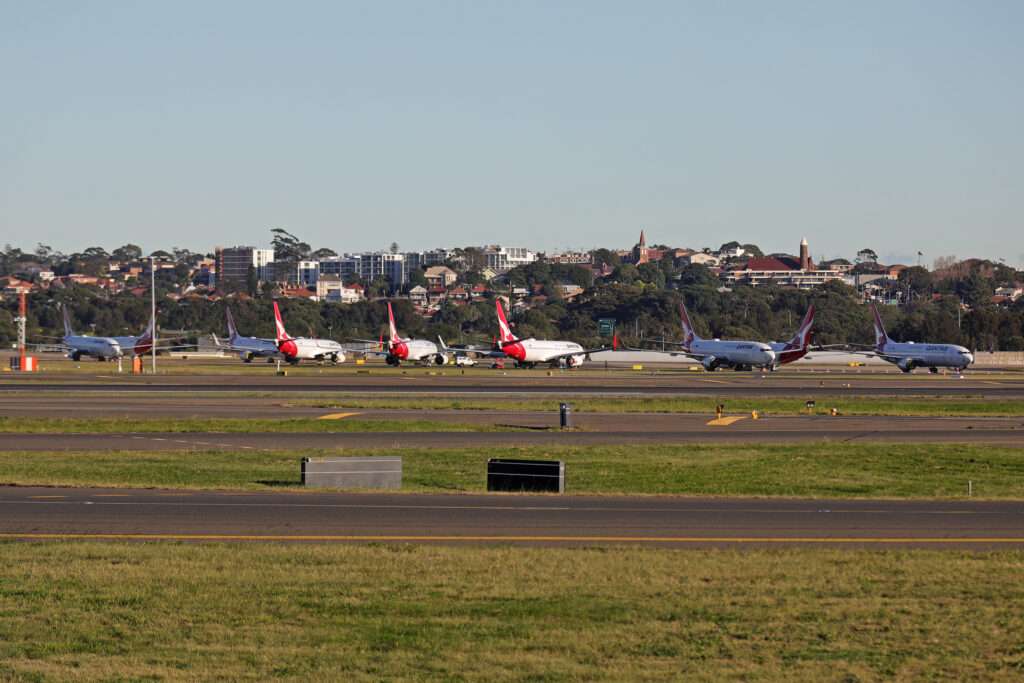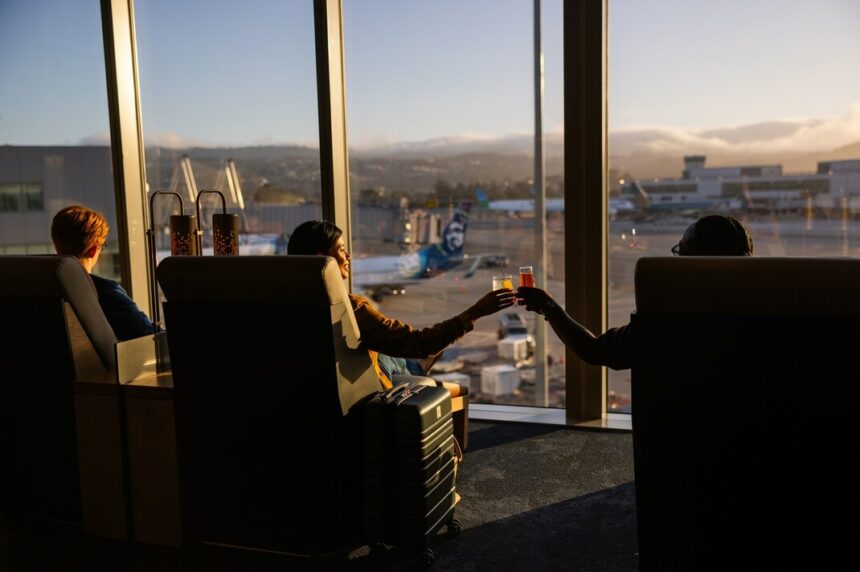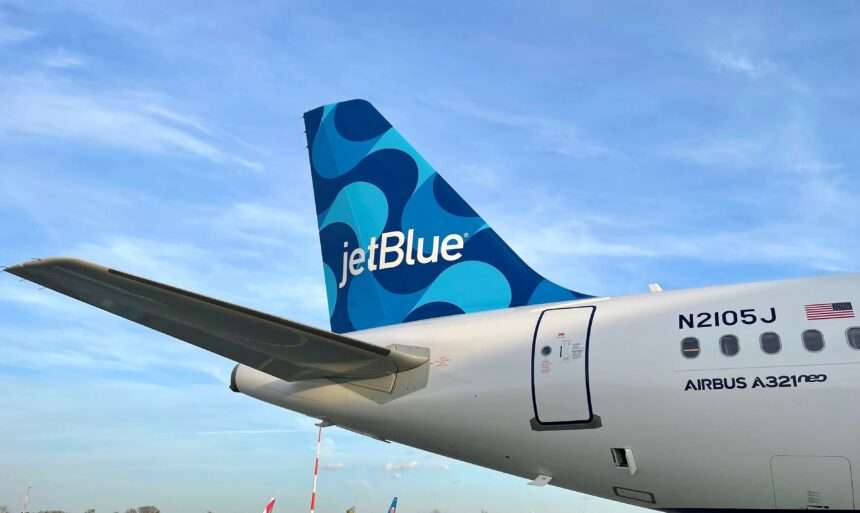Qantas has today outlined significant plans, angled at major investment for it’s customers, future and present.
Such steps will no doubt be the first of many in attempting to enhance their reputational image, which came into disrepute significantly over the course of 2023.
Without further ado, let’s get into it…
Qantas Uses A220s as Replacements for the Boeing 717…

The first two of a total of 29 Airbus A220s have been delivered to Qantas so far, with the airline highlighting that these jets will steadily replace the aging fleet of Boeing 717 aircraft.
Seating 137 passengers in total, consisting of 10 in Business and the rest in Economy, the aircraft will provide additional comfort to passengers using the airplane.
This includes more comfortable Economy seats, in-flight WiFi onboard, USB A & C charging and much more.
Commercial flights of the Airbus A220 with Qantas are set to begin on March 1, initially on the Melbourne-Canberra and Melbourne-Brisbane services, with the following planned for the rest of the year:
- July 2024:
- Melbourne-Hobart.
- October 2024:
- Melbourne-Coffs Harbour.
- November 2024:
- Melbourne-Launceston.
By November 2024, this means that around five routes will be serviced by the Airbus A220s in the fleet.
More A321XLRs on Order By The Airline…
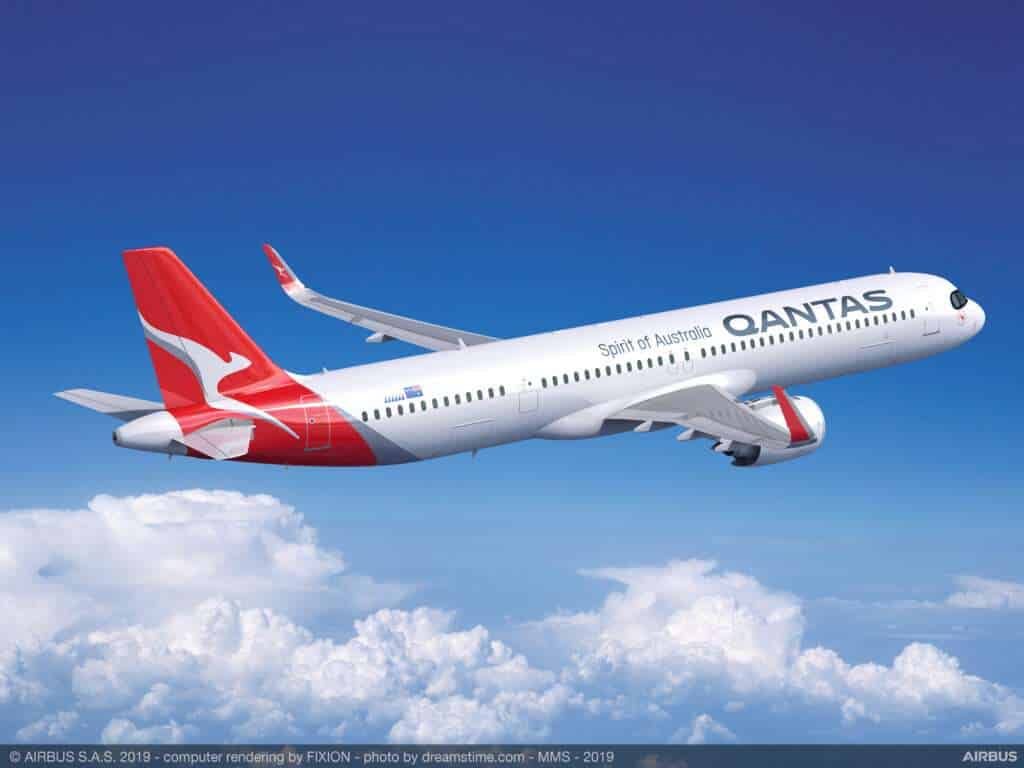
Another announcement made by Qantas today was the confirmation of an order for eight more Airbus A321XLRs for it’s Domestic wing.
It is understood this brings the total count to 28 aircraft on order for the Australian carrier, with entry-into-service expected in 2025.
Seat plans for these aircraft expect to be 20 in Business and 180 in Economy, offering more seating than the Boeing 737 family that they have in their fleet already.
[monsterinsights_popular_posts_inline]

Such an increase is around 15% more capacity, which will stand to benefit Qantas more in terms of selling additional seats.
International Wi-Fi Rollout By Year-End…
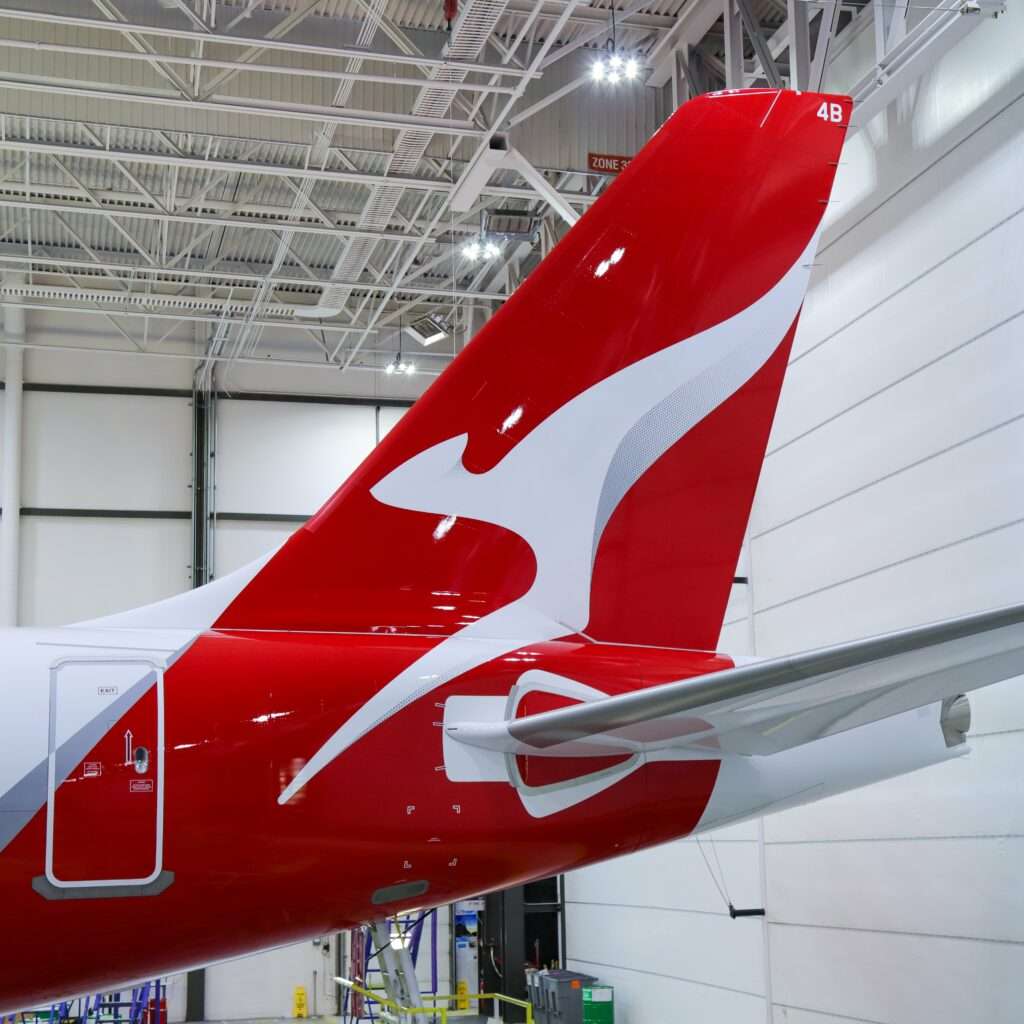
Within their plans also, Qantas also aims to accelerate it’s plans to provide free Wi-Fi internationally.
It is expected that the works needed to offer this to passengers will be completed by the end of the calendar year 2024.
Wi-Fi will be installed onto the long-haul Airbus A330, Boeing 787 and A380 aircraft in the fleet, to provide a layer of consistency, regardless what aircraft you are flying on.
Qantas also confirmed that it will be installed on upcoming deliveries of the 787 as well as the Airbus A350 too, with Jetstar expected to install WiFi on it’s 787s by 2026.
Qantas CEO Vanessa Hudson Hitting The Ground Running in Her Tenure…

Within the big plans revealed today by Qantas, the CEO Vanessa Hudson gave a very detailed explanation in what this means for the airline:
“We understand the importance of affordable air travel and more capacity in the market means fares have fallen more than 10 per cent since peaking in late 2022.
“In the first six months of this year, Jetstar is adding more than 400,000 seats across its network to help meet strong demand from people wanting to take a well-earned break as they also deal with cost of living pressures.”
“We’re investing heavily in new aircraft that are a step-change from the technology they replace.”
“They have more comfortable cabins and can fly further, opening up a lot of new routes domestically and overseas.
“These next-generation aircraft are up to 50 per cent quieter and generate 20 per cent less carbon emissions.”
“We’re already seeing a significant benefit from lower fuel burn, which helps put downward pressure on fares given it’s our biggest single cost.
“We know that staying connected is important to customers on international flights, and we’ve deliberately waited for the same high-speed connection we use domestically to be available on our overseas routes.
“The new widebody aircraft we have on order in the next few years will come with high-speed Wi-Fi enabled but today we’re announcing we’ll be fitting it to our existing long-haul aircraft from late 2024, which coincides with a new satellite launching that will significantly expand coverage.
“All of the investments we’re making are about supporting the great work our people do every day to deliver the best experience they can for our customers, and restoring pride and confidence in the national carrier,”
Such investments being made by Qantas under Hudson is reflective of the strategy taken to get Australia’s flagship carrier back to their well renowned status.
Overall…

It remains clear that Qantas is investing heavily into their future, and arguably, it will be much needed as we continue to proceed through this decade.
All eyes will be on what 2024 will look like for the Australian carrier, as they seek to grow their presence in the country and overseas over the next 12-18 months.
But for now, let’s see what additional steps are taken by the airline, and whether this will be of benefit to their passengers.
Because so far, it does look quite good on their end.

Click the banner to subscribe to our weekly newsleter.

Click the photo to join our WhatsApp channel so then you can stay up to date with everything going on in the aviation industry!





